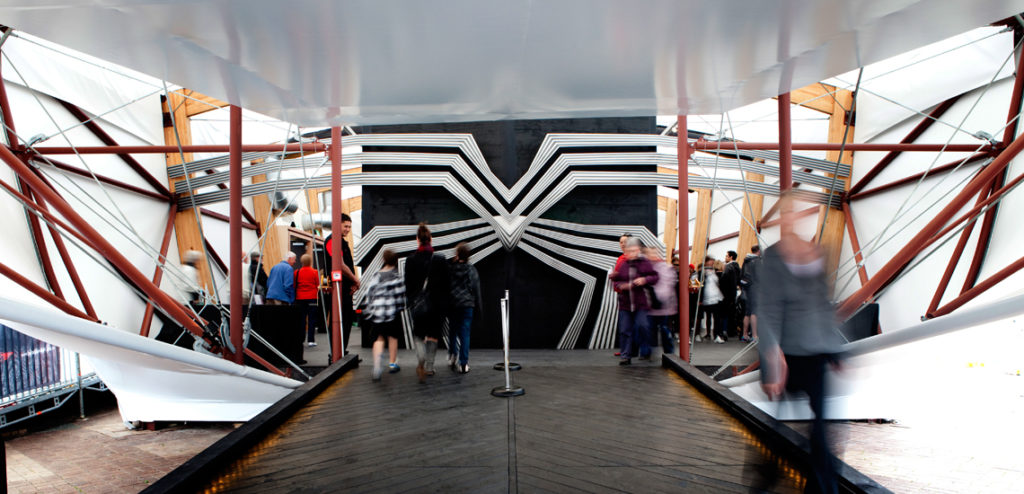Generally speaking, cities are living spaces that have long been centers of representation and national identity. With that, there is a debate that persists about whether cities are capable of representing themselves as mere entities, or if they are representations of the people who live in it. However, by looking at the controversies that happened during the Rugby World Cup in 2011, one can outline Auckland’s performativity of what it means to be a modern, diverse, and powerful city. Particularly with the Waka Māori, it is a representation of what Auckland forseed would be the best image of the city to the rest of the world. A controversy that is colloquially known as ‘Tuppawaka’ or ‘Tupperwaka,’ the Waka Māori demonstrates how concepts of spectacle, materiality and representation play out in a global scene. From its earliest stages, the Waka Māori evoked arguments for and against its spectacality. A spectacle is forming a vision – representative of its people or not – of how a city, in this case Auckland, sees itself vis-a-vis how it presents itself to the rest of the world.

(Source: Waka Māori: Survey Result)
A spectacle can be pretty superficial, as is the case of the Waka Māori; a giant plastic Waka (a Māori watercraft) with a wooden frame, painted black and white, sitting in the middle of Auckland’s waterfront, attracting masses of tourists attending the Rugby World Cup in 2011. Building a giant plastic canoe with state-of-the-art structures and multidisciplinary interiors and positioning it in the waterfront for everyone to see is precisely what a spectacle is. It encapsulates Māori people in a plastic canoe built for a temporary event and equates that to an accurate representation of Auckland’s diverse backgrounds. As is the case with World Expos, Olympic Games, or even festivals, constructing temporal venues, monuments, and spaces that attract the masses and show a depicted reality that may or may not be representative of the city, its people, and its history (Houdart 2012; Traganou 2012). By becoming visible to hundreds of thousands of people both visiting and watching remotely the World Cup, Auckland and New Zealand had the opportunity to connect themselves with the global economy and modern society, and prove the region’s diverse yet cohabitable society. This image – real or not – permeates through the tourists passing through the city and attending these venues – particularly the Waka Māori. Having this material representation of Māori culture and society might be dangerous for the eye that doesn’t know the history of colonialism, subjugation, and marginalization that Māori people have had to endure.

All in all, the Waka Māori depicts Auckland as a diverse city, one that has Māori culture and history intertwined with its modernity. It is considered as a staple for Auckland, one that is vividly present while the city is in the center of the world (or at least the Rugby one). While people – mainly, people in the government and in positions of power – would argue that the Waka Māori symbolizes the presence of Māori people in the island, it is evident that it has failed its purpose as representing a complete understanding of Māori culture and Māori life. Yet, it has been used for years after the World Cup as an ongoing representation of Māori life, which looks back at Auckland’s spectacle in 2011. After the World Cup, the Waka Māori has travelled to San Francisco and is currentlystanding in the kiwi city of Tauranga. Understanding the spectacle that the Waka Māori provides is crucial in gauging how a city like Auckland shapes itself, even years after its creation.
By Joseph Spir Rechani